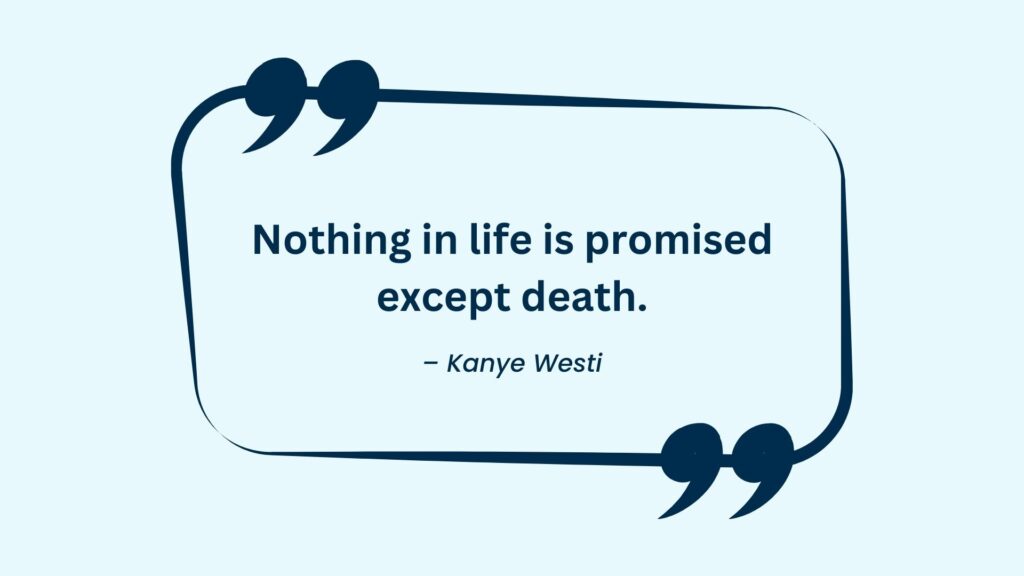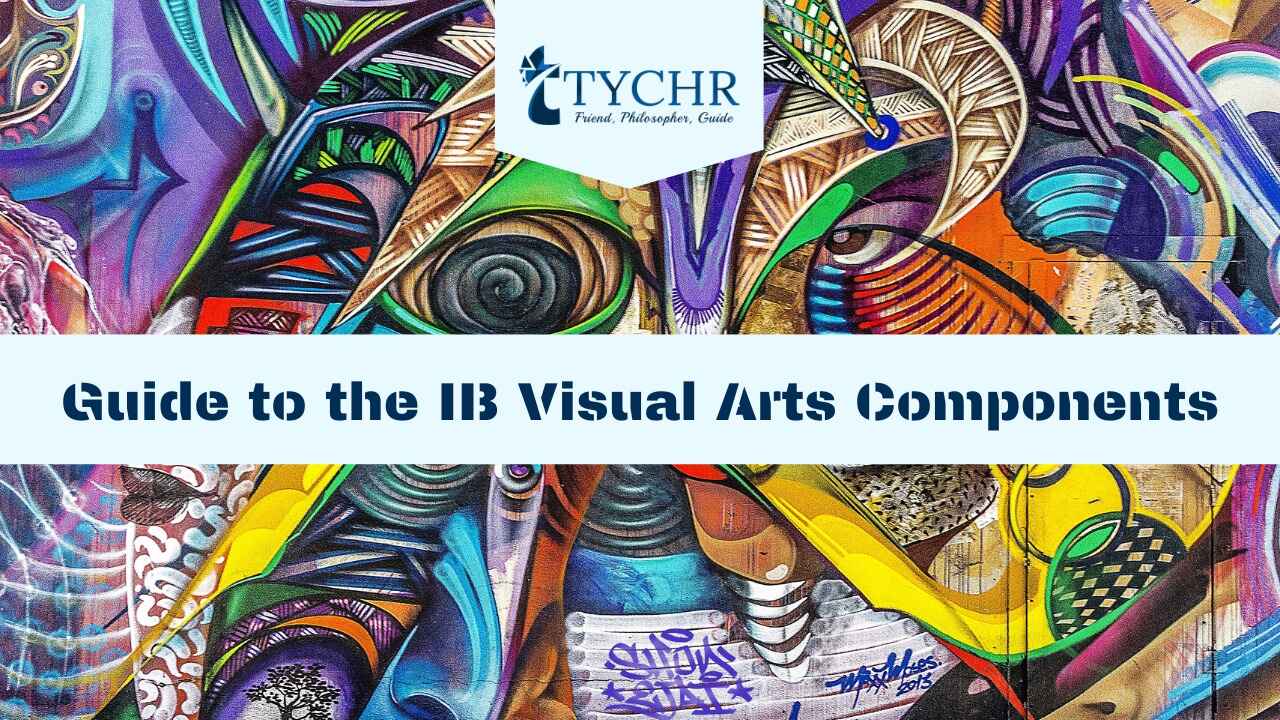Table of Contents
IB Visual Arts is one of the underestimated subjects among the lot. It is a difficult, two-year course of study that requires students to produce a body of work that exhibits a strong command of the artist’s language. The Components in Visual Arts challenges pupils to push the limits of their own creativity and cultural norms.
Students are required to participate in a wide range of contemporary practices and media, experiment with them, and critically remark on them in addition to investigating and comparing visual arts from many perspectives and in various situations. The IB Visual Arts course is intended for both people who wish to pursue a career in the visual arts and those who wish to pursue a lifetime of artistic development. It is rather difficult to score a 7 in the subject because it involves subjective marking as there isn’t a marking scheme.
There are three components to IB Visual Arts:
- Comparative Study
- Process Portfolio
- Exhibition
I will be giving you a few tips to ace each of the components so read it through and through!
Comparative Study
What is it? A comparative study examines artworks, artifacts, and objects from various cultural contexts in an impartial, critical, and contextual manner. The CS is an investigative comparison that should achieve a balance between written and visual information. However, do not mistake it for an extended essay. CS is one of the three evaluated components in IB Visual Arts, it is externally assessed and it accounts for 20% of the overall grade. You will need to compare at least 3 artworks done by at least 2 different artists.
- SL will need to make 10-15 slides
- HL will also need to make 10-15 slides + 3-5 slides which analyze the extent to which their work has been influenced by the art and artists chosen.
Tips to ace:
1. Follow a format. An outline always helps as it sorts your thoughts out and you will know how to approach the entire assessment. Here’s a possible outline you could follow:
- Introduction – You give a brief overview of the investigation’s scope and the selection of the focus artworks.
The artworks, objects or artifacts and their contexts – You present their examination into the attribution and interpretation of particular artworks while summarizing your own research.
- Making connections – Students compare the various components of IB Visual Arts and make clear connections between them as they express their comparisons.
- Connecting to own art-making practice (HL only) – Students discuss the findings of their study and the degree to which the studied artworks or artists have subsequently inspired their own art-making processes and pieces.
2. Read through sample comparative studies and analyze how they’ve compared and contrasted. It helps to see existing comparative studies to get an idea of how to layout everything. There’s a lot of information that needs to be included so reading samples can give you an idea of what questions need to be answered.
3. Understand what the IB looks for in your comparative study. For instance, IB expects you to understand the cultural significance of the selected artworks, use subject-specific jargon and analyze the formal qualities of the artwork in depth. It also reflects how much you learned and understood from class.
4. Don’t add too much text just for it to look text heavy. It is going to be tedious to write all the information in all 10 slides and re-read it for errors. So keep 2 things in mind when you write your text: Read the sentences you type and clarify it for grammatical errors. And don’t repeat one point multiple times. If the examiner finds your content repetitive, you might lose marks there.
Process Portfolio
What is it? The process portfolio serves as a visual and textual record of each student’s artistic development during the semester. As they create their display pieces, students gather carefully chosen elements that demonstrate their experimentation, research, manipulation, and refinement of a variety of visual arts activities. This can include pages from the Visual Journal as well as unfinished items that show how concepts and artwork evolved. Because this will be submitted as a digital file and displayed on a screen, a landscape (horizontal) format is preferred. This component accounts for 40% of the overall score.
- SL will need to make 9-18 pages
- HL will also need to make 13-25 pages
Tips to ace:
1. Plan out the content of each slide before you begin filling in the page. Use the space of each slide efficiently since you have a limit for your process portfolio. Don’t make it seem too cramped because then, the examiner will not want to read the slide as they would not know where to begin. Have a clear structure and outline in your process portfolio so you’re able to take the viewer across your entire slide.
2. Have a good balance between images and text. The examiner wants to see as well as understand your thought process. The examiner will want to see process pictures, experiments and failed attempts to see the entire process. Make sure to include pictures of everything and explain it too. It can even be journal pages that you jotted down on when you were brainstorming for your exhibition pieces.
3. Maximize your use of art vocabulary. You are after all in a Visual Art class. Use technical terms – it will be a bonus for your assessment.
4. Always include reflection after the process of each of your exhibition pieces. This is the most important part of the portfolio. One part of this component is for the examiner to understand your thought process. But they also expect to see how you reflect on your entire learning process, how you learned from your mistakes and what you did to fix them. This can be at the end of making the artwork or during.

Exhibition
An exhibition consists of a collection of your completed works. Along with their exhibits, a curatorial rationale is given to explain the entire exhibition. The chosen pieces should demonstrate the students’ technical proficiency from the visual arts course as well as their knowledge of how to employ the art tools, concepts, and techniques. An additional requirement as stated before is the written “rationale” that outlines the definition of the exhibit and its inspirations.
- SL will need to have a curatorial rationale that doesn’t exceed 400 words. They need to have 4-7 artworks.
- HL will need to have a curatorial rationale that doesn’t exceed 700 words. They need to have 8-11 artworks.
Tips to ace:
1. Keep the rationale crisp. They don’t want to know the entire story but they do want to understand the inspiration behind all of your work and the thought process of how you came up with the idea for each exhibit (briefly). Think of it like an elevator pitch.
2. Try to include a variety of mediums across your exhibits. Don’t stick to just acrylic paints or just watercolors across 4 or 5 of your works. You can use one art medium for 1 or 2 artworks. Another bonus that you can get is from including 3 dimensional work. It shows the examiners that you can be diverse and you are not afraid of experimenting. Keep in mind that you can include pictures of the failed pieces.
That brings us to the end of the blog. This is all you need to know about IB Visual Arts and how to ace each of the components. All the best!
Frequently Asked Questions (FAQs)
Q1: What is covered in the IB Visual Arts course?
A: The IB Visual Arts course covers a range of topics related to visual arts, including art history, art theory, and art practice. Three main elements are the comparative study, process portfolio and exhibition. Students will develop their own creative ideas and techniques, while also exploring the work of other artists.
Q2: How is the IB Visual Arts course assessed?
A: The IB Visual Arts course is assessed through a combination of internal and external assessments. Internal assessments include studio work, process portfolios, and comparative study, while external assessments include a final exhibition and an essay.
Q3: What skills do students need to succeed in IB Visual Arts?
A: Students in IB Visual Arts need to have strong creative and critical thinking skills, as well as the ability to communicate their ideas effectively through visual media. They should also be comfortable with research, analysis, and reflection.
Q4: What are the benefits of taking the IB Visual Arts course?
A: Taking the IB Visual Arts course can provide students with a strong foundation in visual arts that will prepare them for future studies in the field. It can also help students develop critical thinking and problem-solving skills that are valuable in a wide range of careers. Additionally, the IB Visual Arts course is recognized by colleges and universities around the world, which can be beneficial for college admissions.
Q5: What are some tips for success in IB Visual Arts?
A: Some tips for success in IB Visual Arts include developing good time management skills, being organized and diligent in documenting the creative process, seeking feedback from teachers and peers, and being open to exploring different mediums and techniques. It’s also important to stay up to date with course requirements and deadlines and to be willing to put in extra time and effort to create high-quality artwork.








